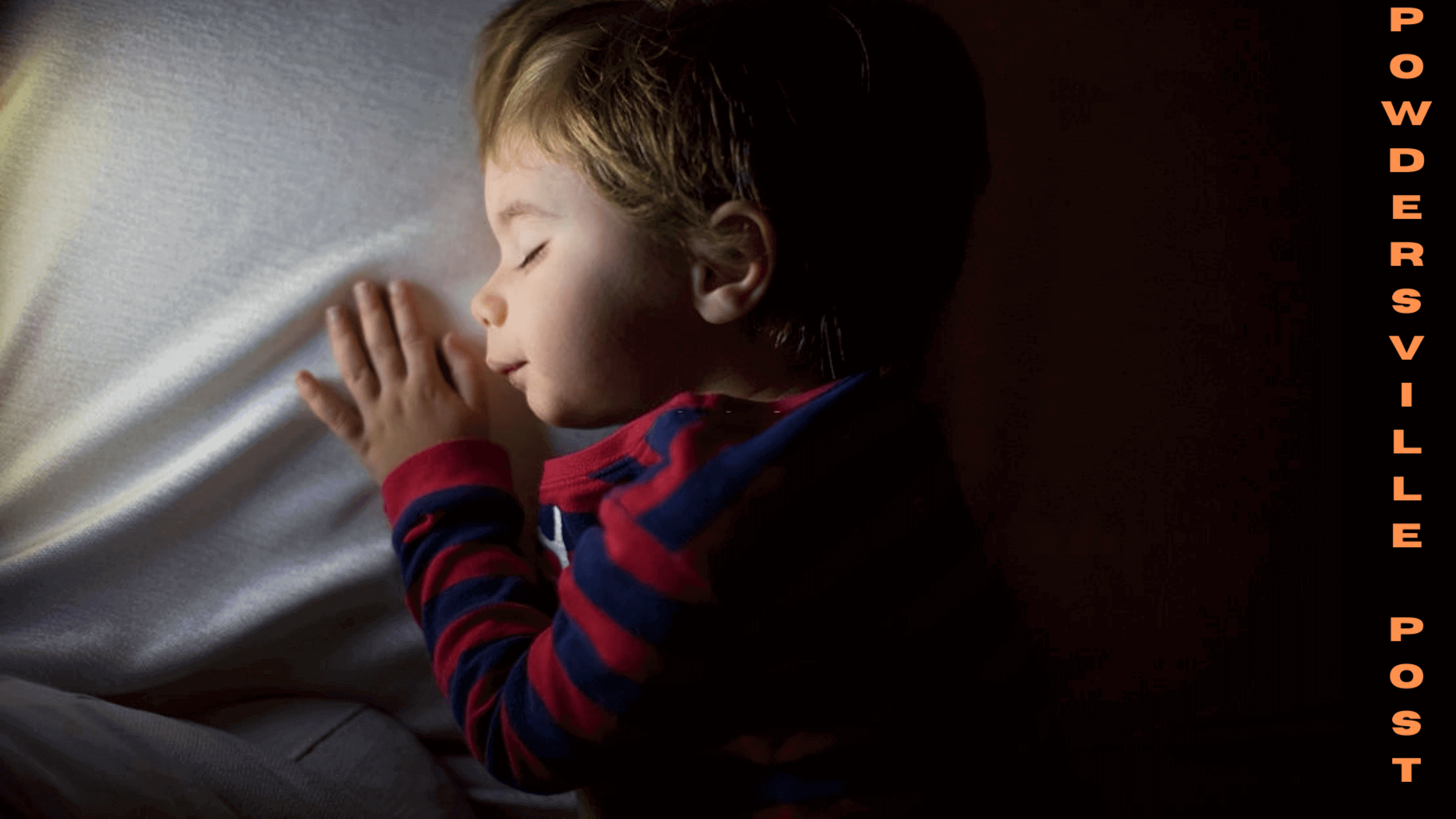Disruption Of Preschooler’s Sleep By The Light
Nikki Attkisson | Last Updated : January 28, 2022Melatonin was reduced anywhere from seventy to ninety-nine percent after mild publicity when compared to the preceding night with minimal mild. Surprisingly, the researchers found little to no correlation between how bright the sun was and how much the crucial sleep hormone dropped. This intensity-dependent reaction in adults has been well documented.
Disruption Of Preschooler’s Sleep By The Light
Sleep is a mental and physical condition that occurs naturally and is characterized by altered consciousness, decreased sensory activity, decreased muscle activity, inhibition of nearly all voluntary muscles during rapid eye movement (REM) sleep, and decreased interactions with the environment. When asleep, diverse brain patterns are revealed, with comas and other forms of consciousness revealing a reduced ability to respond to stimuli.

The body alternates between two unique types of sleep: REM sleep and non-REM sleep, during which sleep happens in repetitive periods. Although REM stands for rapid eye movement, this sleep cycle has numerous other characteristics, including virtual bodily paralysis. The dream is a well-known characteristic of sleep, an experience frequently told in narrative form and which, while in progress, resembles waking life but can usually be separated later as fantasy.
Most of the body’s systems are in an anabolic condition during sleep, assisting in the restoration of the immune, neurological, skeletal, and muscular systems; these are critical activities that help to maintain mood, memory, and cognitive function, as well as the endocrine and immune systems. Every night, the internal circadian clock promotes sleep.
Dysomnias, such as insomnia, hypersomnia, narcolepsy, and sleep apnea; parasomnias, such as sleepwalking and rapid eye movement sleep behavior disorder; bruxism; and circadian rhythm sleep disorders can all affect humans. Artificial light has had a significant impact on human sleep habits. Modern technologies such as cellphones and televisions, which have been demonstrated to influence sleep health, are one prevalent source of artificial light.
Blue light, a type of artificial light, has been shown to disturb the release of the hormone melatonin, which aids in sleeping. Electroencephalography of brain waves, electrooculography of eye movements, and electromyography of skeletal muscle activity are all important physiological methods for monitoring and evaluating changes during sleep. Polysomnography is the simultaneous collection of these measurements, which can be done in a dedicated sleep laboratory. For heart activity, researchers employ simplified electrocardiography, and for motor motions, they use actigraphy.
Awakening might signal the end of a sleep cycle or simply a brief period of observation and repositioning before going back asleep. Sleepers usually wake up shortly after the end of a REM cycle, or even in the middle of one. The start and termination of the sleep cycle are usually signaled by internal circadian markers along with a good reduction of homeostatic sleep requirements. When we awaken, we experience an increase in electrical activity in the brain, which begins in the thalamus and spreads throughout the cortex.
Nowadays, most people use an alarm clock to wake up; however, individuals can wake up at a specified time without an alarm clock. On weekends, people usually sleep quite differently than on workdays, a practice that can lead to chronic circadian desynchronization. The disruption in the circadian rhythm of individuals caused by watching television or using other displays before bedtime may be exacerbated. The sleep stage during awakening has been found in scientific investigations to play a role in enhancing sleep inertia.
A modest amount of time is spent in a waking state during a night’s sleep. Young females are awake for about one percent of the greater sleeping period, while young males are awake for about two percent, according to electroencephalography. During adulthood, wakefulness increases significantly.
With over 15 years as a practicing journalist, Nikki Attkisson found herself at Powdersville Post now after working at several other publications. She is an award-winning journalist with an entrepreneurial spirit and worked as a journalist covering technology, innovation, environmental issues, politics, health etc. Nikki Attkisson has also worked on product development, content strategy, and editorial management for numerous media companies. She began her career at local news stations and worked as a reporter in national newspapers.
